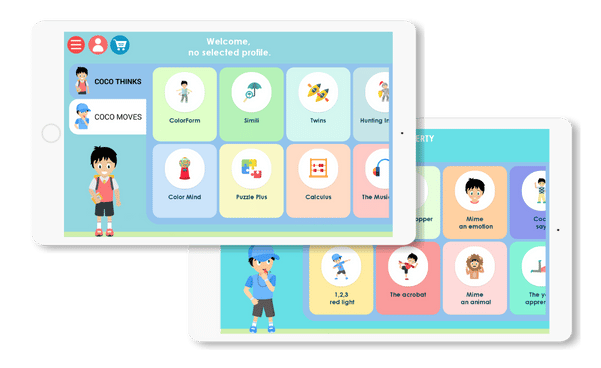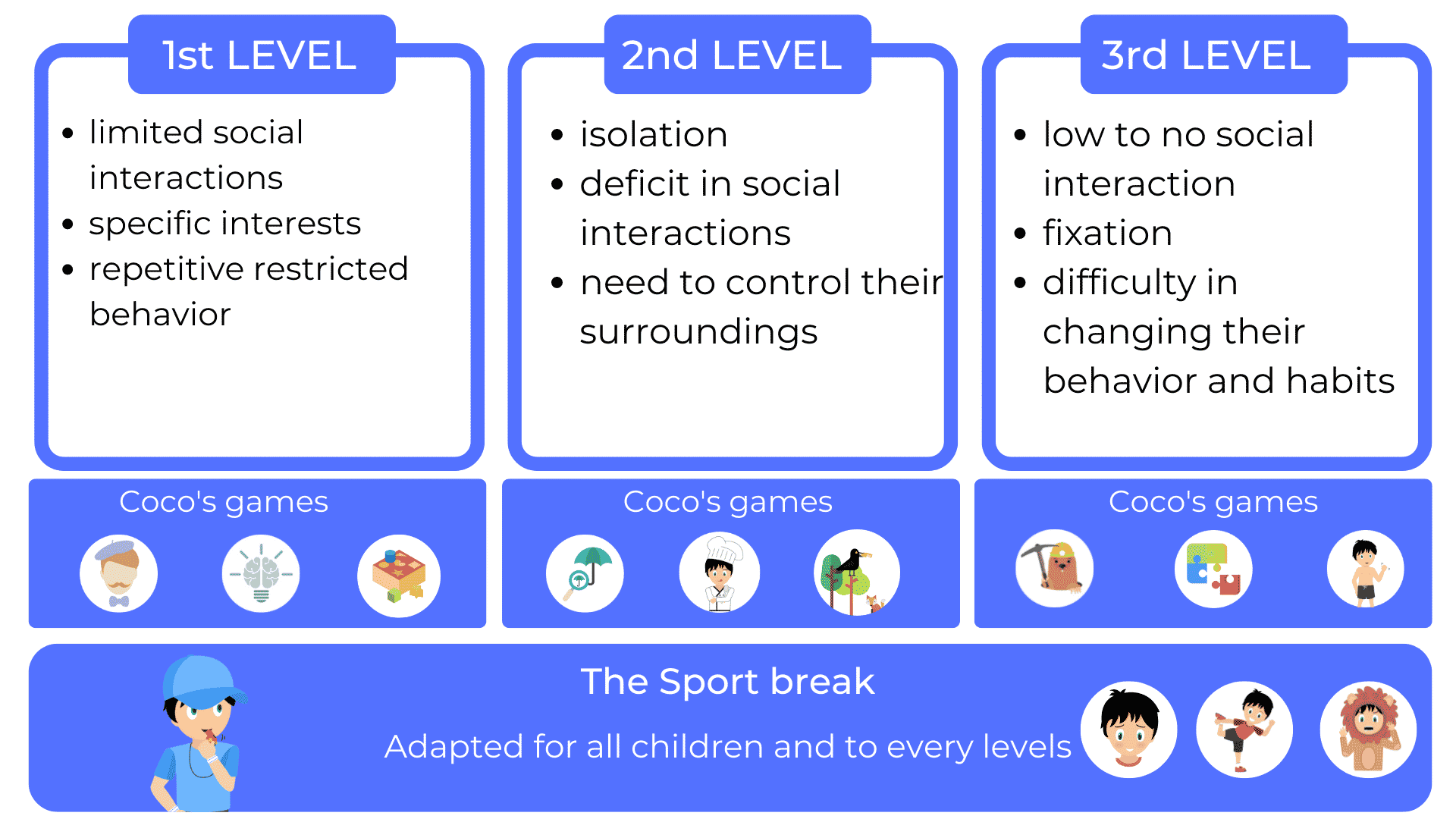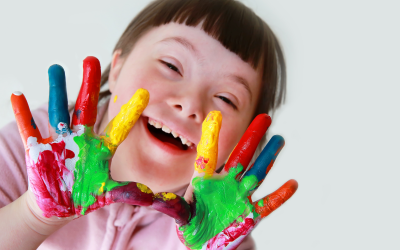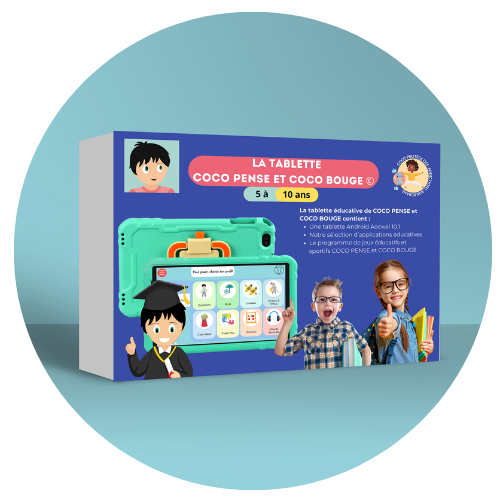Communication with an autistic child
Communication is the act of exchanging a message, usually between two people, vocally or otherwise, and it begins at the very beginning of life. In the early stages of communication, we may cry or babble to calm ourselves or to respond to something unpleasant or exciting.
For many children with autism, communication and speech may develop differently or slower in life. Most also have difficulty understanding that communication is used in tandem with others and is used to convey a message.
In addition, some children with Autism Spectrum Disorder (ASD) may develop language, but have difficulty understanding how to use communication correctly and therefore must specifically learn the meaning of their words and actions. How children learn to communicate affects other areas of development, including learning and behavior. There are ways to support communication with a child with autism while promoting language development.
1. The importance of a good education
Autism is a disorder that affects around 1% of the world’s population. It is called Autism Spectrum Disorder, also known as ASD. According to other statistics, only 20% of autistic children attend school. This low rate of schooling is due to the learning difficulties of autistic children. They are caused by autism disorders that bring about learning difficulties for children on the spectrum such as the ability to read, write and count. This is why parents need to use techniques that are adapted to their autistic child’s needs.
Proper education is also a necessity when it comes to socializing your autistic child. In fact, autistic individuals tend to live in solitude. This is because autism will impair his ability to communicate and interact with other children his age.
How can we make them more sociable? Of course, it’s by setting up an environment adapted to his situation.
There are also efforts to be made in the area of nutrition for the autistic child. The parent must educate the child to adapt to guarantee good health and harmonious development.
With these few reasons just mentioned, you can now understand why it is essential to use customized education for children with autism.
It is important to know your child’s current level of communication and move slowly toward the ultimate goal. Moving too quickly and skipping steps can create frustration, hopelessness, or undesirable behavior.
2. Stress management
Too much stress negatively affects the behavior of the autistic child. Not to mention the negative effects on his health. What to do?
Adopt the right reflexes
Today, stressful situations have become many and varied. You can help your autistic child deal with each circumstance in the best way possible. For example, going to a hospital or a doctor’s office can be a source of stress. You can help your child with autism cope with this visit with less stress by taking an initial tour of the facility before the day indicated.
There are also stress management techniques. In this category, we distinguish relaxation methods.
Reducing stress with a dog
Pets have always been useful to humans. According to a study conducted at the University of Missouri, a dog is an ideal companion to limit the stress of an autistic child. Researchers found that toddlers living with an animal seemed less prone to stress than others.
Hence the interest for parents to adopt a dog or a cat to calm the family atmosphere.
3. Ways to communicate
Find out how you can facilitate communication with a child with autism.
Communicate with pictures and games
Pictures and games are good communication tools. However, your approach should be based on the interests of the child with an autism spectrum disorder. Identify his or her interests so that communication is easier. Pictures or illustrations are often more explicit than words. You can draw some activities to do with the child.
As for games, it is possible to download applications from the Internet. The developers offer interesting prices.
Communicate with gestures
Children can learn to reach or indicate what they want. These actions can be taught individually or as a chain of behaviors to promote the persistence of communication intent.
Involving specialized health care professional
In this case, the parent can refer to a speech therapist or an occupational therapist. These specialists help with communication through adapted alternative tools.
A speech therapist is a professional who treats communication disorders. An occupational therapist treats individuals with motor and psychomotor disorders. Do not hesitate to schedule a consultation with these speech and occupational therapy specialists.
4. Learning to deal with aggressive behavior
A child may also show aggression in a crisis. Every effort should be made to reduce aggression. Be gentle and do not raise your voice.
Helping to reduce aggression
You can take gentle steps to reduce your child’s aggression as a parent. Try to identify the causes of the child’s anger when the crisis occurs. You can intervene with a positive gesture, for example. Stay calm without getting carried away. Why not set up a quiet place for the child? He or she can take refuge there to get over his or her anger.
Talk to the child in your own words and rephrase if he does not understand, that way you can invite him to behave responsibly. Finally, sometimes ignoring a tantrum can bring good results.
Educate the autistic child without yelling
Education without yelling works best, according to the experts. But it is not as simple to implement. The parent and the autistic child will end up exhausting each other with shouting. A parent once stated, “I try to yell louder than my child.”
Of course, trying to dominate his voice at all costs is a waste of time. Preferably, isolate him in a quiet space to calm him down. His mood swings can be explained. So try to understand what is really going on.
5. Learn to face daily routine
Understand that routines serve a purpose for both children with autism and adults. It may involve going out, meeting new people, going to the museum, etc.
In some cases, routines are a problem. It is up to you to take good steps to deal with it. Act to establish a systematic routine that you can follow even when you are rushed with some business at the office. However, keep track of your child so that he or she can adapt to the changes. Some apps can help you with this. Think about it!
Advice on how to better communicate with an autistic child
It is important to keep in mind that children with autism need time and support in most of the tasks they have to accomplish. This is why you can help them through small gestures and attentions that you put in place on a daily basis.
1. Determine your child’s level of communication
It is important to know your child’s current level of communication and move slowly towards his or her ultimate goal. Going too fast and skipping steps can create frustration, despair or unwanted behavior.
2. Keep it simple
Using too complicated language or using too many words can make understanding and learning more difficult. Start a little higher than your child is currently able to do and move slowly from there.
3. Use your child’s interests
Motivation is an essential part of communication and can be helpful in teaching your child to ask for something, ask questions or make comments.
4. Give your child the opportunity and time to communicate or respond.
Children learn to communicate when they need something. Therefore, it is important to successfully create opportunities for them to request items or activities by placing them within sight but out of reach. Provide portions of requested food or pieces of toys to create opportunities for repetition and give them time to formulate a response.
5. Communicate with gestures
Children can learn to reach or indicate what they want. Children can also learn that you are often drawn to this product or activity by attracting you to what they want. These gestures can be taught individually or as a behavioral chain to promote persistence of communicative intent.
6. Test digital tools
The COCO THINKS and COCO MOVES app is an interesting tool to communicate with your child, while participating in his/her learning. The games are adapted, with adapted difficulties. Often, through play, communication is easier. We forget the problems of everyday life, and we share a good time.
Other articles you might be interested in:
Supporting children with autism
Dynseo proposesSUPPORTING CHILDREN WITH AUTISM with COCO THINKS AND COCO MOVESDynseo and its team are very much...
Supporting DYS children with COCO THINKS and COCO MOVES
Dynseo proposesDYS disorders with COCO THINKS and COCO MOVESOur educational and pedagogical games program COCO THINKS...
Language development
Children communicate from birth with movements, crying, looking at each other or with smiles. After only a few months,...
Supporting children with Down Syndrome with Coco
Dynseo proposesDOWN SYNDROME with COCODown syndrome is a non-hereditary chromosomal abnormality that leads to the...
Supporting people after a stroke
Dynseo proposesStroke with CLINT, your brain training coachThe Dynseo team is very involved in helping people who have...
Supporting someone with Alzheimer’s
In this guide, we will detail how SCARLETT can be used for supporting someone with Alzheimer's. SCARLETT is a...
10 myths about the human brain you didn’t know
The brain is an incredible muscle, however there are many things we do not know, and what we do know is not always...
Using Digital Tools to Support Students with Special Educational Needs
Special Educational Needs (SEN) encompass a wide range of learning difficulties and disabilities that can hinder a...
Down Syndrome and Communication: Facilitating Interaction with Visual and Interactive Supports
When we think about Down syndrome, we often recognize it as a genetic condition that affects physical and cognitive...
How to Track Progress in People with Down Syndrome Using Digital Tools
Down syndrome, a genetic condition caused by the presence of an extra chromosome 21, affects approximately 1 in every...
















